Virus Diary was a project that started out like a solo show at White Cuib gallery in Cluj, and was transformed, during the State-decreed lockdown period in Romania, into a global platform with countless contributors, channeling the solidarity between artists in their effort of putting together a large-scale online exhibition focused on the current situation. The project has had a great impact on the audience, emphasizing the painstaking multitude of responses from artists all over the world and their mutual support for each other. Ihad a chance to sit down with Alina Andrei and Dan Perjovschi, and talk about Virus Diary’s debut and subsequent evolution, bringing in tens of artists who deconstructed our current cultural conundrum in more or less familiar ways. For an indefinite amount of time, we would need to keep reinventing ourselves in order to keep the cultural sector alert and relevant, this project being one of the first attempts in exploring the URL world as an engaging exhibiting medium.
During the lockdown, Virus Diary has been the perfect surrogate for the tangible void in the art world we were accustomed to. How did the collaborative project with George Roșu și Ana Kun start? Were you surprised by its rapid growth, bringing in tens of artists?
Alina Andrei: Long before the pandemic we already had a Dan Perjovschi exhibition scheduled for White Cuib. The concept was radically different, something based on his artist books published over the years. With the current situation, he suggested doing a virus diary. We initially wanted to display his drawings in the gallery’s windows, which then seemed counter intuitive, given that the streets were mostly deserted at the time. The next logical step was moving the exhibition to Facebook and Instagram, making it instantly available to more people. Later on, Dan Perjovschi invited other artists, both local and from abroad, starting with George Roșu and Ana Kun. Having the project online meant there were no more borders or physical distances.
Dan Perjovschi: Pretty simple, actually – I was supposed to do a solo show, a cool one, mind you, but I didn’t get to do it because of Miss ‘Rona. Following the situation’s daily evolution, me and Alina kept toying around with solutions: to have people watch from the street, sticking drawings in the windows, having a monitor connected to the Internet where I would post drawings every day etc., but all those plans fell through one by one. We thus decided I would do a solo show online on White Cuib’s Facebook and Instagram. I started strong and after a week of posting visual commentaries a day I got sick of my own drawings. I’m kidding, obviously but, in all seriousness, I started thinking that I wouldn’t be a bad idea to start inviting other artists who worked in a similar manner. Et voila, George! His drawings were the first that came to mind, especially since he’s also working in color. You know, I don’t normally do collaborative projects, being from a generation where collectivism was forced upon, which is why I just take responsibility for what I personally do, maybe together with my wife Lia. However, especially given the subject and this particular moment in time, I felt that for this project there needed to be a collective statement. After seven days of solo work and seven with George, I invited Alina and Ana as well. Both have a unique way of commenting on daily life, intimacy, the personal and the universal. I didn’t start out with a clear timeline in mind, trying things out and daring to do more and more each week. It also all gravitated around Alina, both the server and general manager of the project. I was a mere salesman, seeking out people and convincing them to join. We started out as a small family of serial people who draw, especially in black and white (and George who loves yellow, haha!), then Aldo (who is also kin) came along and David who’s more wacky (and magenta), Olivier doing fast videos full with black humor, Nini who’s more of an illustrator, Gloria with her more conceptual and textured style, Oana Lohan and her intimate and colorful work, Cathy with her stark-naked GIFs, Magdalena and her daily mask and so on. Each week our team would double, from Bogota to Jakarta and from Budapesta to Florianopolis – pure madness! We ended up with tens and tens of daily posts – madness, I tell you!
We didn’t really anticipate how the project would unfold but we did know how we would be finishing it: when we learned they were relaxing the lockdown rules on May 15th, we started slowing down and began gradually downsizing the team, so that the week after that date we would end in the initial formula (plus special quests because we couldn’t help ourselves having one-offs from all sorts of poets, choreographers, researchers and criticism from around the world). As I was saying… total chaos!
I noticed that both you and the other artists in the project were remarkably dedicated. Do you believe that an online project of such scale could similarly take place outside of the pandemic context, which forced us find new modes of expression?
A.A.: Logistically speaking, we could organize an online project with a large number of artists at any time, as long as there is a strong motivation behind it. I think motivation is the most important aspect of such an endeavor – whether or not you care enough, this is what it all boils down to, right? And with this I’m talking both the people who would want to organize such a project and the artists that could get involved. It’s pretty obvious that everyone might have a different incentive, but for something like an important cause I do believe it’s easier to reach a consensus, or at least that’s what I’m thinking at the moment. However, this could be a more difficult task if one was not seeing the point of getting involved, both personally and globally. I’m specifically talking about such a basic premise as getting out of bed every morning and grabbing your pencil/paintbrush/camera and asking yourself “why am I doing this?”. If you’re asking yourself that and the answer is rather unclear or downright negative, then no, it cannot be done.
D.P.: The terms is Band of Sisters/Brothers – comrades in art and survival, from every corner of the world and from each step of the art ladder – pupils, students, young creators, internationally acclaimed artists… Perhaps this is also what brought us together, alongside the relationships I have with most of them from working together or just being friends. It’s true that we also reached out to people who didn’t know me personally but knew who I was. It was actually quite uncomplicated. A few years ago I had a project where I was asking people to send in travel magnets from around the world, I literally mobilized them so now posts internet posts? Pff, easy breezy ha ha!
I think a lot of people were bored or just lost, not knowing what to do and many of them just needed a little push. Others were trying to belong… There was something generous to it – people wanted to participate, to feel good together. I think it’s much harder to do something like this offline, as in a traditional, straight-up art on the wall exhibition. I mean during those first couple of days we didn’t have a choice, right? We all went online and when I say all I mean literally everyone from theaters, libraries, poets, actors… within two weeks we had an online sensory overload, we had an online tummy ache. We will need to get more creative and find other forms as well. I think there was also a little rebelliousness to all of it, as if we were staring the virus straight in the face saying “We’re not giving up!”
Within the project I noticed you were pretty liberal with the formats, showcasing everything from drawing to photography and various interventions. I think this might have contributed to so many artists joining in. Did you personally invite all the guest artists or did they see the project and reach out to you?
A.A.: The majority of the contributors were invited by Dan Perjovschi but, as the project gained more visibility, other artists wanted to get involved, which led to the final product being so diverse in both style and content.
D.P.: That was the way we programmed things. We wanted to have a wide range of artists, different not just as technique and media, but also representing a large variety of genders, geographies, statuses. We wanted to create a polyphonic diversity that would disrupt the mainstream discourse, something completely unhinged where everyone could find something they resonated with. What I enjoyed most was seeing artists fanning over each other, sending each other likes, some continuing to do so to this day. They became virtual friends and it’s all because of the diary. My hope is that the friendships will also continue IRL when all this madness is over. You know, some of the posts moved me to tears. Some colleagues took the invitation very seriously and constructed an entire project out of a single post. People took to thinking and making specifically for Virus Diary, which is awesome!
How hard was it to manage such an endeavor? Every day the Diary was filling up the virtual space, surprising us with novel ways of looking at this situations. Were you able to find to find a good display for all the works you received?
A.A.: Considering that the project was exhibited online, thus not being limited by a physical space, we didn’t find the task all that difficult. We tried to post things as we received them from the artists from morning to late into the night and I believe this effort was quite apparent, given the variety in form and content. The project itself has been a work in progress, growing organically as more and more artists got involved.
A lot of artists needed to reinvent themselves during this quarantine and experiment with new ways of making their work visible – how do you think this form of integrating art into the online world would develop in the long run?
D.P.: I’ve spent the past 35 years adapting and reinventing myself according to the context. For me and Lia this is nothing new. We both have been operating well outside the white cube for a long time now, exhibiting in newspapers and online publications for ten years in my case. When the museums closed and the biennials got pushed, the tram I drew in sharpie was still on the rails in Iași. The pandemic could not cancel the Ziarul Orizontal (The Horizontal Newspaper) from Sibiu, nor the drawings on the L’internationale website. For years I’ve been submitting the drawings for the magazine I work for via e-mail, no matter where I physically may be. IRL or URL, on the museum or Facebook wall, on paper or online it’s all the same to me and I’ve been mixing them all in my work for years. Therefore, for me it hasn’t been a dramatic change. The most noticeable shift was spending three months in the same place, something I haven’t experienced since the ‘90s, or not being to meet up with people despite doing public workshops and presentations. This really got me spinning as to me socializing and talking to people are part of the artistic project. I don’t think that the Internet is a good place to embed art into, at least not in its current form. We all got bored pretty quickly and stopped watching the museum and art fair streams. I do think there could be project specifically tailored for the Internet and institutions that can be created specifically for this medium, but what I’ve been seeing emerge during this crisis was just shifting things from a place to a non-place. And that didn’t work. Or maybe it worked a little bit because people didn’t know what to do in the first couple of days after they all finished cleaning their homes. Culture arrived during the second week of the lockdown and from week three it was just a sort of visual background.
I do think we can develop hybrid images and projects like if you can’t afford flying in an artist from say, Argentina, you can just download their works and have them appear via Skype.
I delegate my drawings; right now I cannot travel to Bogota (because Columbia, just as Romania, is heavily affected by the pandemic), so I found someone there who could draw my pieces on the wall. There you go – remote drawing!
Accompanying the project, the Workplace photo album on your Facebook page showcases the physical places were all this art was created. How was it seeing all these studios and artist workspaces? Any interesting observations?
D.P.: Ooh, that was really fascinating! Of course the drawing, photo or text could be intimate in themselves but seeing the actual studio, the place you inhabit with your mind and talent is something really private. I actually asked people to photograph the desk, table, corner they were working at and not try and clean or spruce up the place, but leave it as it. And all those tables, stacks of paper, laptops and coffee mugs were so interesting, pure visual poetry! I really enjoyed this spin-off.
I made another asking people to send me images with the ways the new pandemic language was seeping into our daily lives through posters, various indications or rules in the public space. Again, I got replies from all over the place, including daily messages from the Romanian ambassador in Paris with markings and texts à la française, super cool stuff. This one project is still ongoing.
Do you have any plans for a new show in the coming months now that most exhibition spaces are being able to function given the current situation?
A.A.: We’re still trying to figure out how things work and I presume everyone’s doing this right now. The safest option would be, obviously, to keep focusing on online shows. Having said that, I do believe we can safely organize exhibitions even during the pandemic. As long as we can wear a mask and go out and buy our bread and coffee, we can definitely walk into a gallery, which is actually much less crowded than a supermarket.
Translated by Andra Nikolayi
POSTED BY
Georgia Țidorescu
Georgia Țidorescu is studying for a MA degree in Contemporary Curatorial Practices at the University of Art and Design Cluj-Napoca where she also got a BA in art history. Since 2018 she worked as an ...


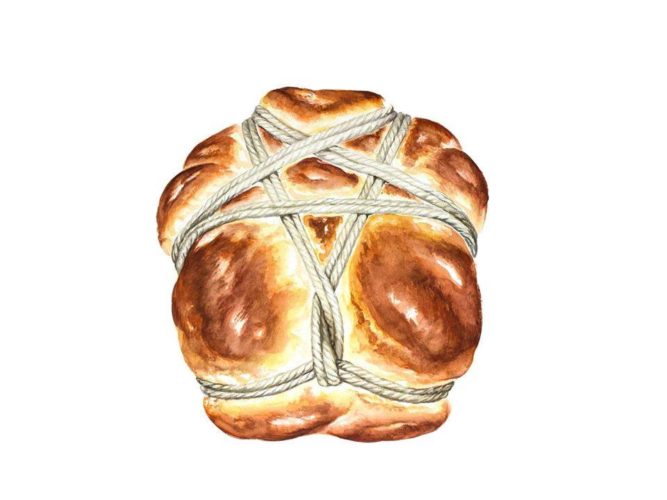
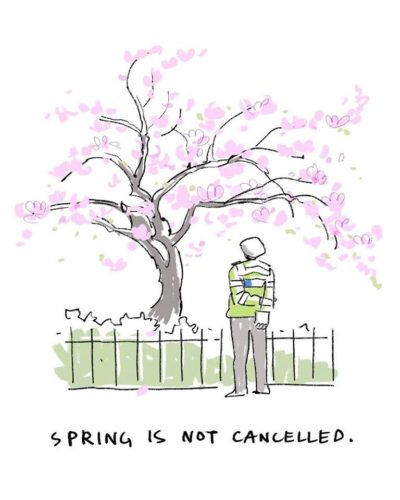
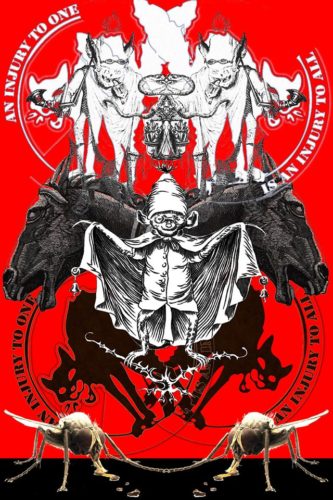
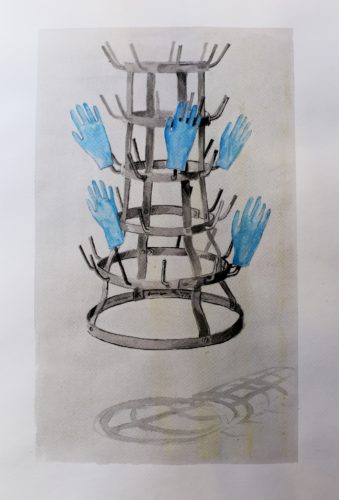
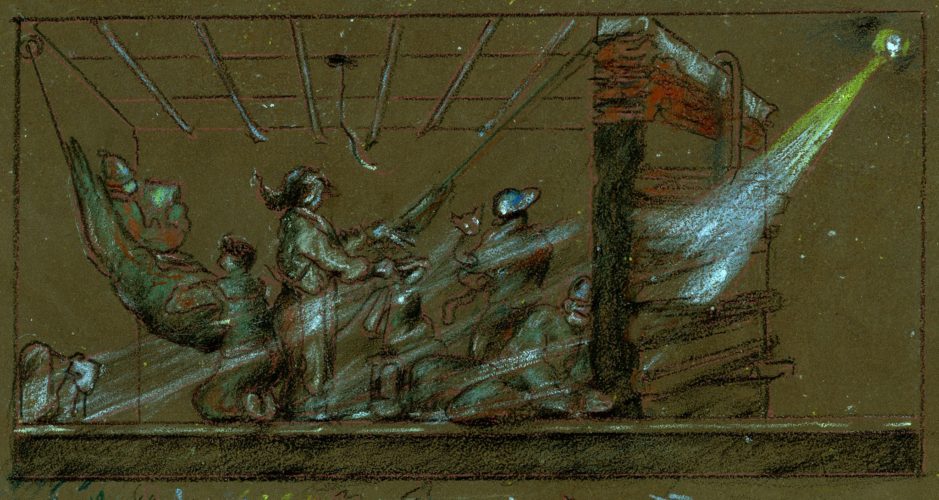
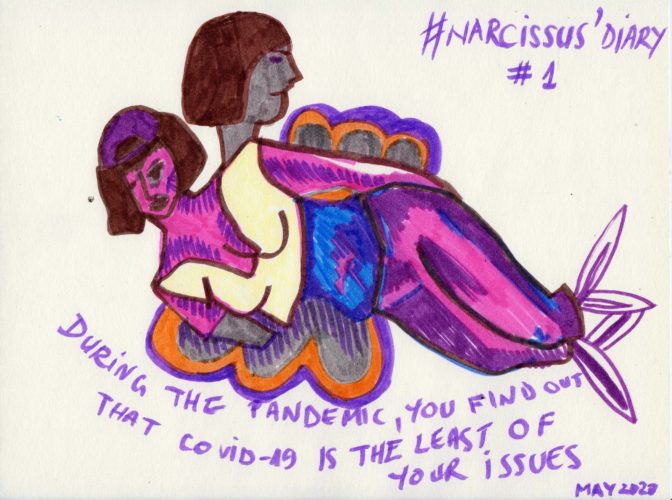
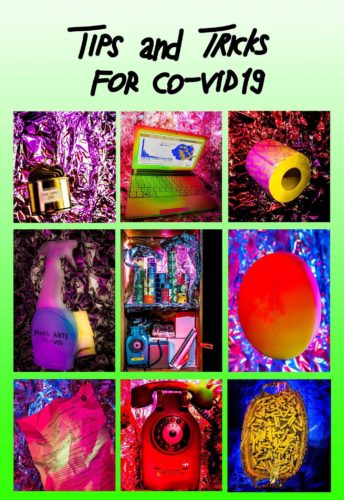
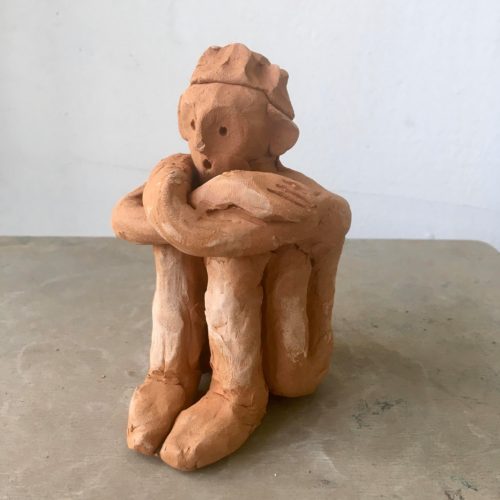
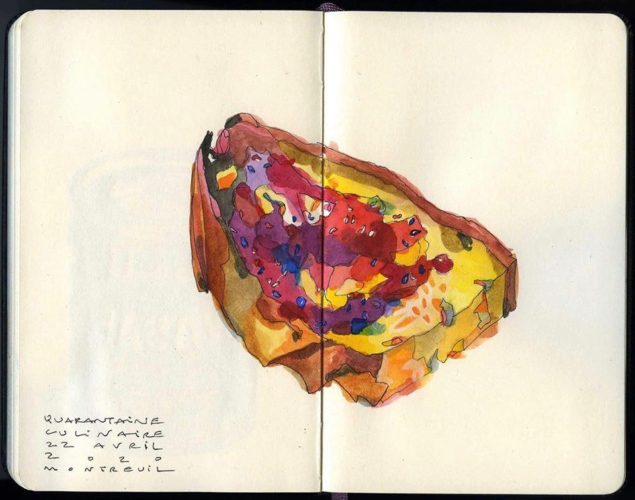
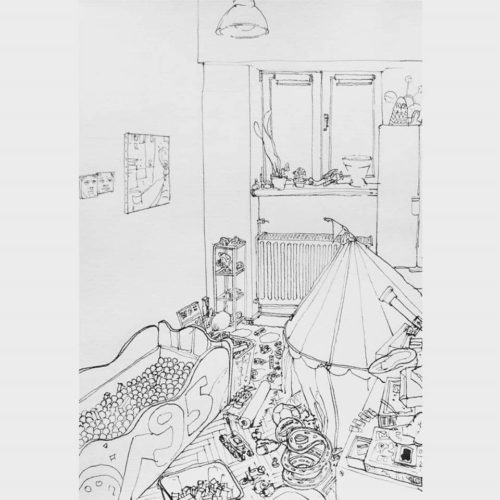
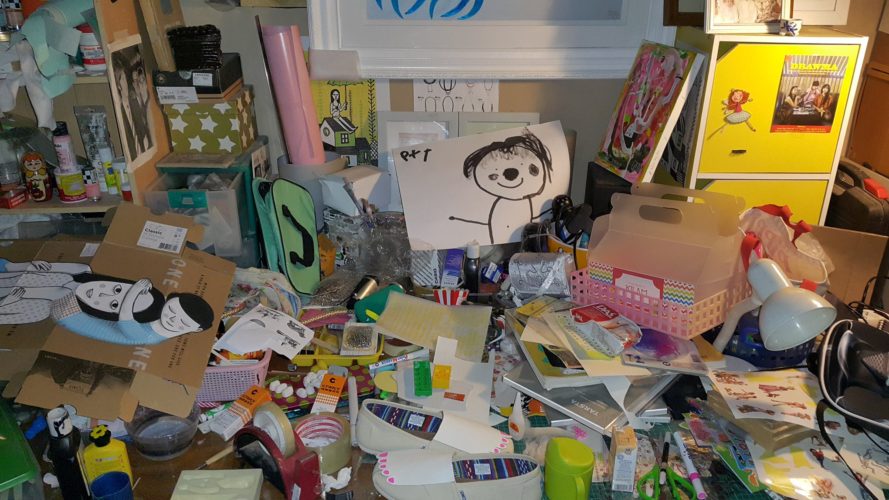
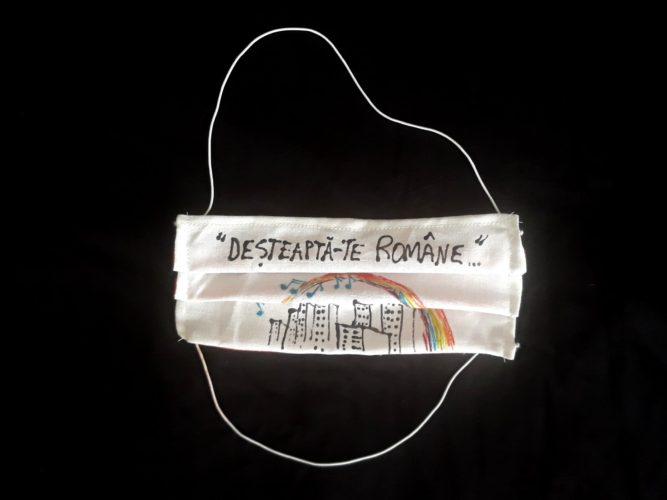
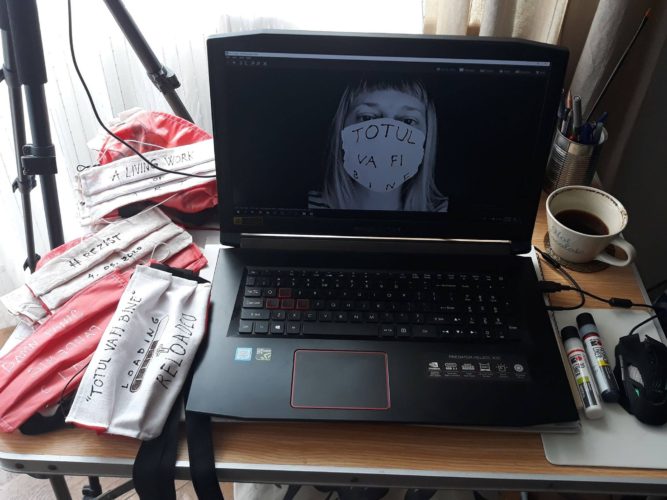
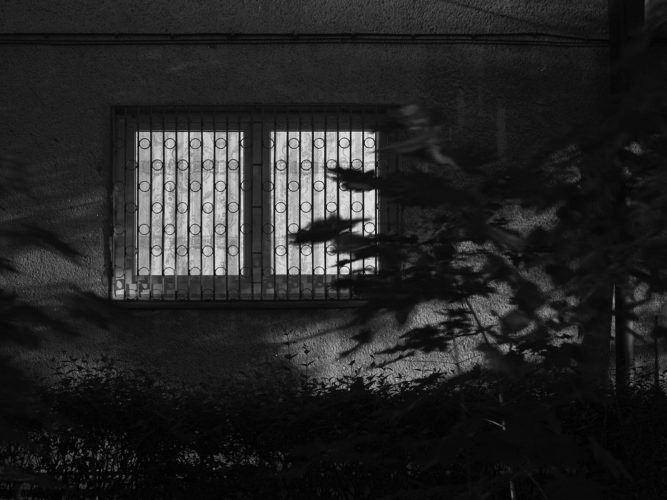
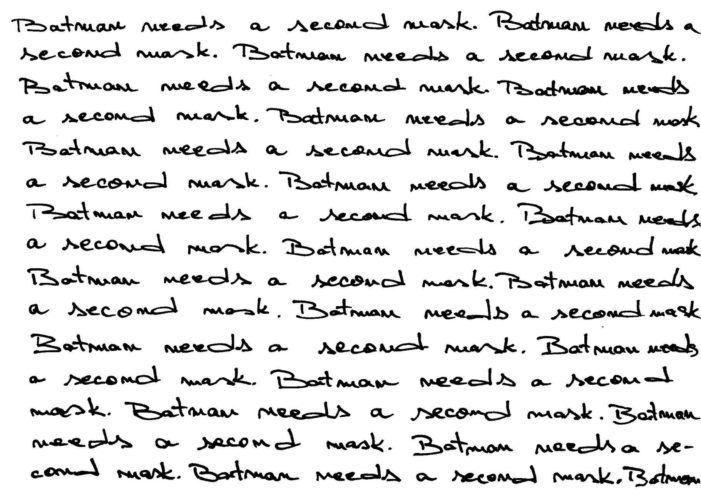
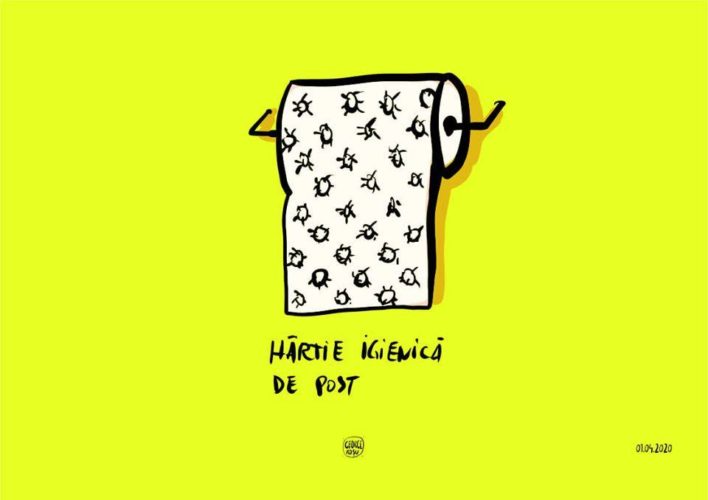
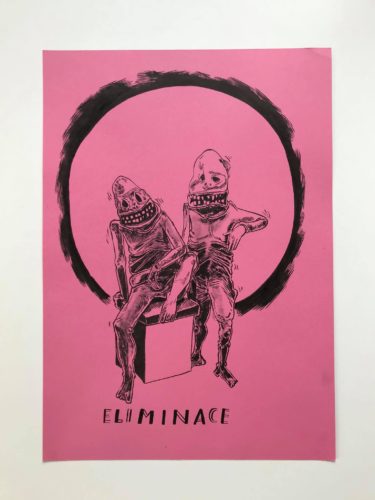
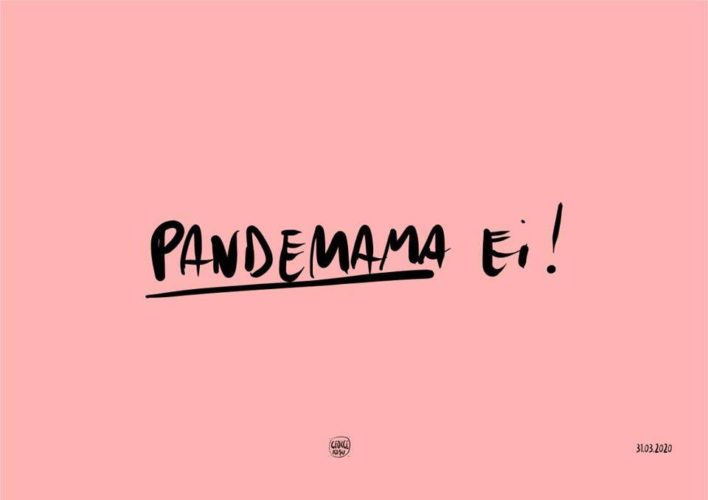
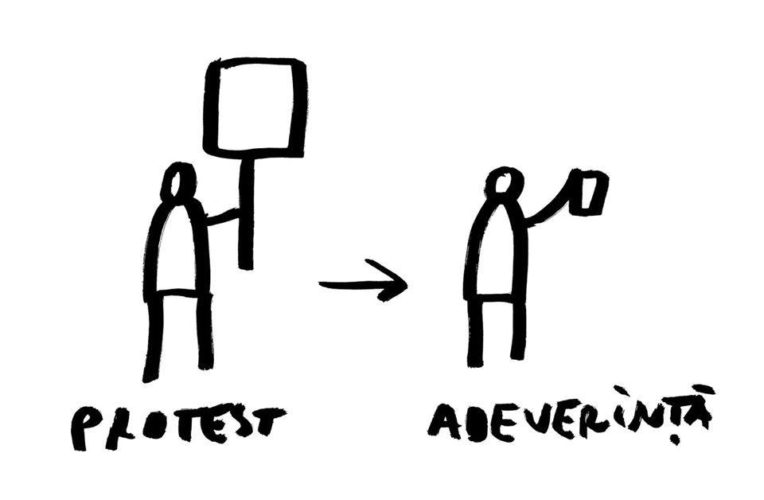
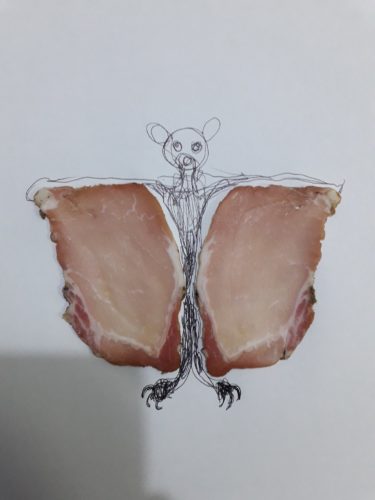
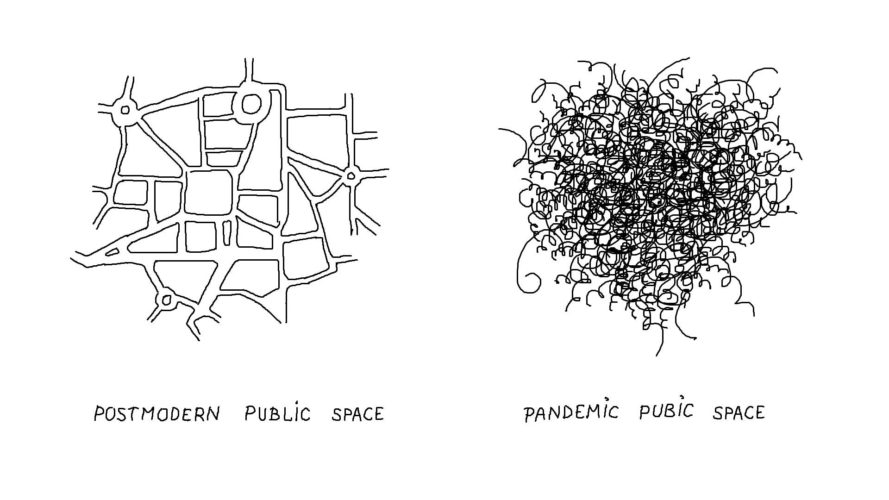
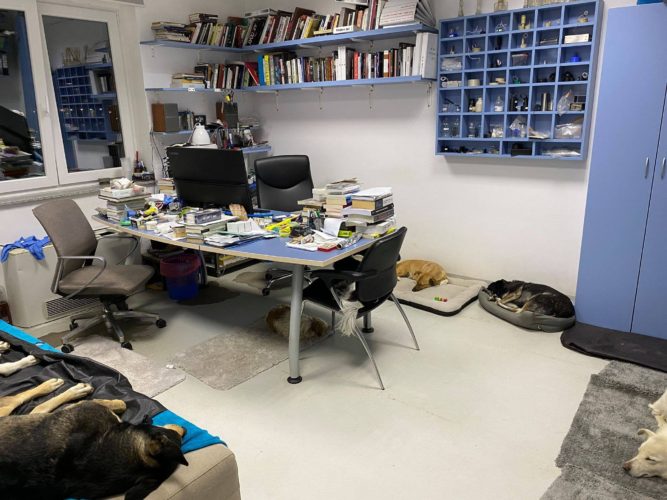
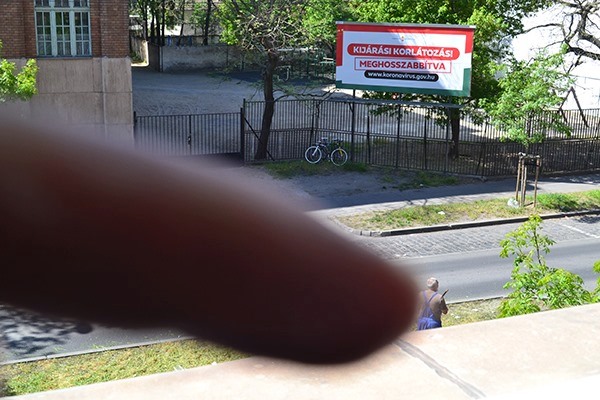
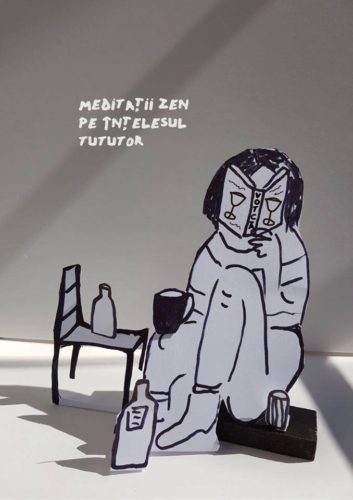
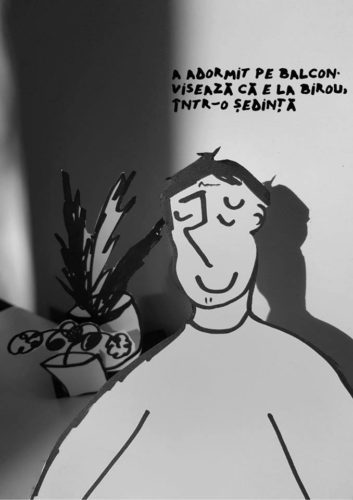
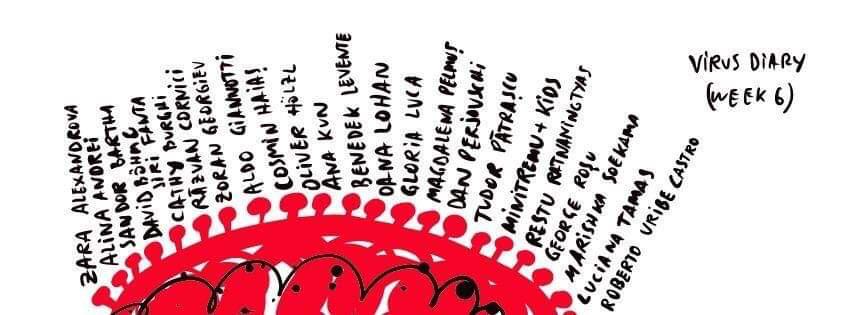
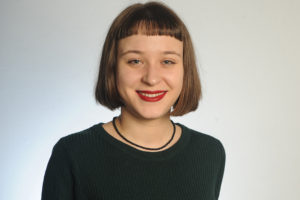
Comments are closed here.